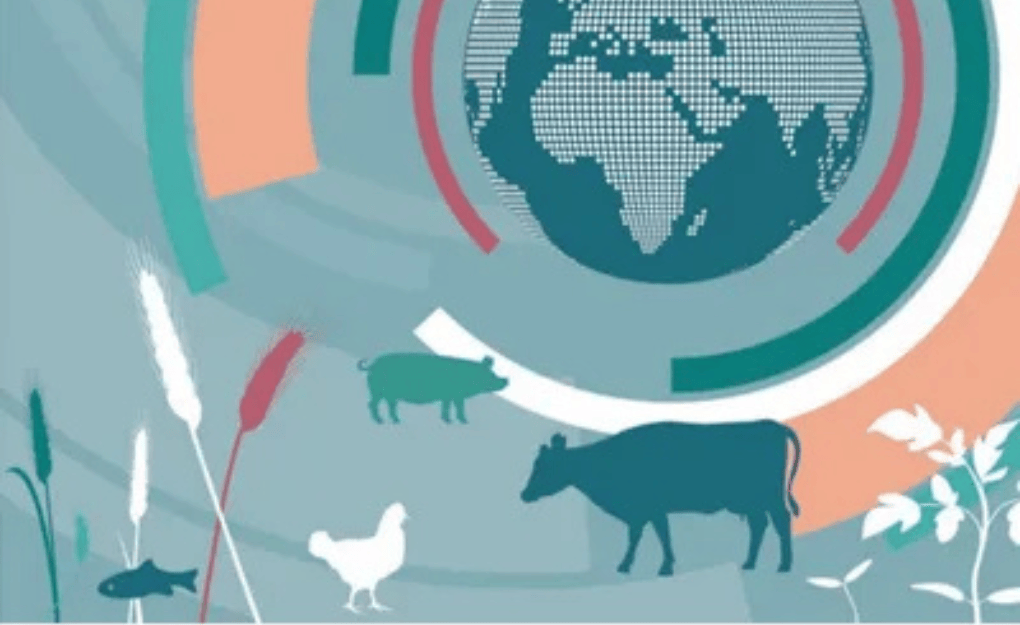OECD FAO Outlook 2025 highlights a significant transformation in the way the world consumes cereals, revealing deep shifts in the global food, energy, and agriculture landscape. The latest data indicates that by 2034, only 40% of cereals will be consumed directly as human food. A growing portion—27%—will be diverted towards biofuel and industrial use, while 33% will be fed to animals. These projections from the 2025 OECD-FAO Agricultural Outlook suggest a tightening competition between food, feed, and fuel sectors that could reshape global food security and environmental priorities.
Rising Biofuel Demand and Its Global Drivers
One of the most notable takeaways from the OECD FAO Outlook 2025 is the accelerated growth of the biofuel sector. The report estimates that biofuel consumption will expand by 0.9% annually until 2034, marking a significant jump from the previously estimated 0.6%. This surge is being driven by emerging economies such as India, Brazil, and Indonesia, where government incentives, rising energy demands, and climate commitments are encouraging biofuel adoption.
Interestingly, despite increasing sustainability concerns, food-based cereals—not advanced cellulosic feedstocks—will continue to dominate biofuel production. The slow integration of second-generation technologies is attributed to economic and technological hurdles that prevent large-scale deployment, even though these alternatives are considered more sustainable.
Farmland Expansion Slows, Yield Efficiency Rises
While global cereal production is projected to increase by 1.1% per year, this growth will be largely driven by improved yields rather than land expansion. Yield improvements will contribute 0.9%, whereas the expansion of harvested land will slow to 0.14% annually, less than half of the previous decade’s growth rate. This reflects a shift towards sustainable intensification rather than the exploitation of new land resources.
India and Southeast Asia are projected to account for 39% of the increased global cereal demand, reinforcing the growing importance of the Global South in shaping agricultural trends. In contrast, China’s share of cereal consumption will drop from 32% to 13%, mirroring a shift in dietary preferences towards more diverse and less cereal-dependent food.
Animal-Based Food Consumption Grows Sharply
As incomes rise in middle-income countries, so does demand for meat, dairy, and eggs. According to the OECD FAO Outlook 2025, global consumption of animal-based foods is set to grow by 17% by 2034. This surge is particularly pronounced in lower-middle-income countries, where the intake of calories from animal and fish products will increase by 24%. On a global scale, the average per capita calorie intake from these products will rise by 6%.
This trend also signals a 7% global increase in livestock inventories, which will drive demand for feed cereals, especially corn and soybean. However, low-income countries are expected to lag behind, facing persistent nutritional shortfalls due to limited access and affordability.
Environmental Impact: A Mixed Outlook
With increased livestock farming and crop production comes environmental strain. Direct agricultural greenhouse gas emissions are expected to rise by 6% by 2034. However, there is a silver lining: the carbon intensity of agriculture—i.e., emissions per unit of production—is set to decline due to better farming practices, precision agriculture, and sustainable techniques.
This indicates that while overall emissions will grow, the efficiency and sustainability of production are improving, reflecting incremental progress in climate-resilient agriculture.
Regional Shifts and Market Implications
Perhaps the most dynamic shift forecast in the OECD FAO Outlook 2025 is the regional rebalancing of cereal consumption. India and Southeast Asia are emerging as new demand centres, driven by population growth and urbanisation. This trend will increase their influence on global trade flows, pricing, and agricultural policy.
Conversely, China’s retreat from cereal-intensive diets reflects a maturing economy with changing health and nutritional preferences. These regional trends will significantly impact global agricultural markets, altering export strategies, commodity pricing, and international cooperation on food security.
Conclusion
The OECD FAO Outlook 2025 paints a complex yet forward-looking picture of the future of global agriculture. With biofuels and animal feed accounting for a growing share of cereal use, and emerging economies driving demand, the global food system is undergoing a transformation. Balancing food security, environmental sustainability, and economic development will require robust policy frameworks and international collaboration.




